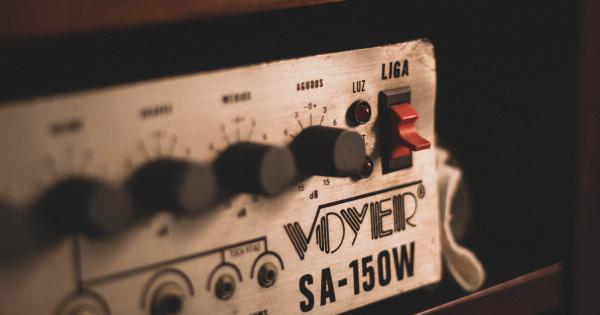Cancer is one of the leading causes of death worldwide. Over the years, researchers have made significant progress in understanding cancer and developing various treatment options.
Alongside medical interventions, several non-conventional approaches, often referred to as “nanniathetic” approaches, have gained recognition in the fight against cancer. These approaches focus on holistic well-being and aim at strengthening the body’s immune system, minimizing side effects, and improving overall quality of life during cancer treatment.
This article explores ten nanniathetic approaches that can be incorporated alongside conventional cancer treatments to enhance the chances of winning the battle against cancer.
1. Nutritional Therapy
Nutritional therapy emphasizes the importance of a well-balanced diet to support the body’s immune system and optimize health during cancer treatment.
Including antioxidant-rich fruits and vegetables, whole grains, and lean proteins can provide essential nutrients that aid in maintaining strength and minimizing treatment-related side effects.
2. Acupuncture
Acupuncture, an ancient Chinese practice, involves the insertion of thin needles into specific points on the body. It is believed to stimulate energy flow and promote healing.
Research suggests that acupuncture can help alleviate chemotherapy-induced nausea, pain, and fatigue.
3. Mind-Body Techniques
Mind-body techniques such as meditation, guided imagery, and deep breathing exercises can reduce stress and promote relaxation. These techniques assist in managing anxiety, depression, and improving overall mental well-being during cancer treatment.
4. Herbal Medicine
Herbal medicine utilizes plant-derived substances to support the body’s healing processes.
Several herbs, including turmeric, ginger, and green tea, possess anti-inflammatory and antioxidant properties that may aid in reducing inflammation and boosting immune function.
5. Massage Therapy
Massage therapy focuses on manipulating the body’s soft tissues to relieve muscle tension, promote relaxation, and improve blood circulation.
It can alleviate pain, reduce anxiety, and enhance the overall well-being of cancer patients by releasing endorphins.
6. Physical Exercise
Regular physical exercise has been shown to improve strength, flexibility, and overall quality of life in cancer patients.
Engaging in activities such as walking, yoga, or swimming can help manage treatment-related side effects, boost mood, and enhance cardiovascular health.
7. Art Therapy
Art therapy involves various creative activities such as painting, drawing, and sculpting to help patients express their emotions and cope with the challenges of cancer treatment.
It can serve as a powerful outlet for emotional release and provide a sense of empowerment.
8. Music Therapy
Music therapy utilizes the power of music to improve emotional well-being and reduce stress and anxiety. Listening to calming music or actively participating in music-making activities can provide comfort, distraction, and promote a positive mindset.
9. Aromatherapy
Aromatherapy involves the use of essential oils to enhance relaxation and alleviate symptoms such as nausea and pain.
Certain scents like lavender and peppermint have been found to have calming and analgesic effects, providing relief during cancer treatment.
10. Supportive Social Networks
Having a strong support system of family, friends, and support groups plays a vital role in cancer treatment.
Sharing experiences, receiving emotional support, and engaging in open communication can positively impact mental well-being and aid in the healing process.






























